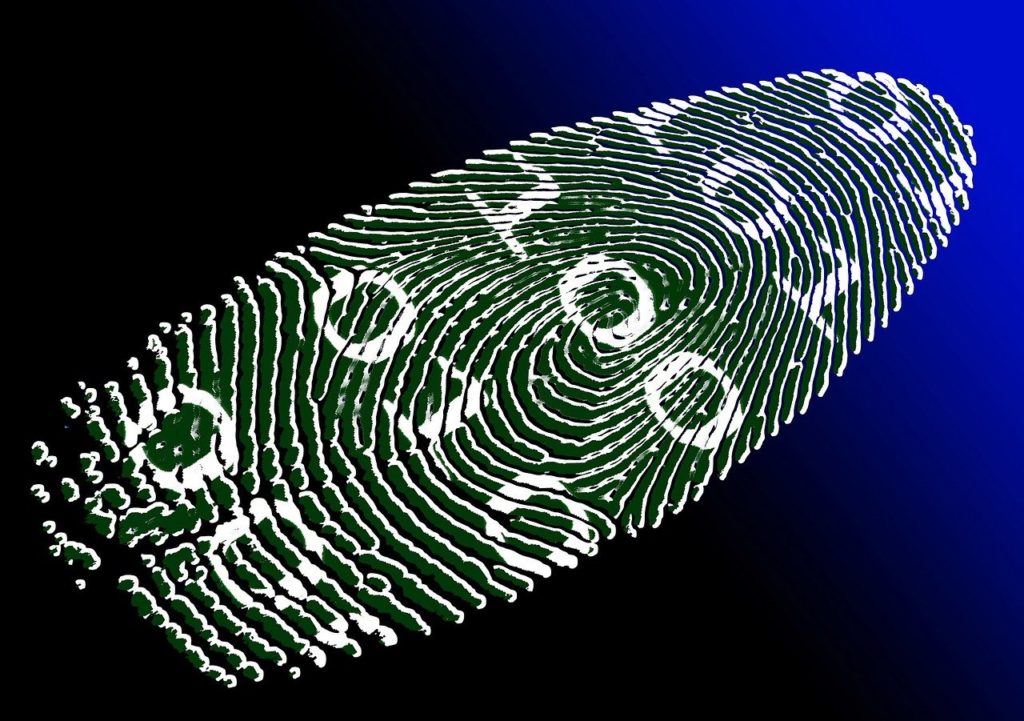Have you ever wondered how many passwords you use on average every day? Have you also considered that your email can be associated with up to 130 accounts in different applications and services? Are you frustrated by the time you spend logging into all these accounts?
Yes, identity and access management (IAM) can be time-consuming and sometimes not convenient. Still, your digital identity powers all your daily interactions – not only with whom you interact but also how securely you transact with an online service. We all need to identify ourselves effectively and uniquely and prove who we are to access the right resources and enjoy our digital journeys.
Do you like binge-watching?
Binge-watching is a much-beloved way of relaxing on the weekends. Invite some friends, have a pizza delivered to your doorstep and tune in to Netflix to watch the latest series. Your digital identities can help you do all that without getting up from your sofa.
Grab your smartphone, find the food delivery app and gain quick and convenient access through the social login authentication. All you have to do now is decide whether you will add pineapple to the pizza toppings (not for me, please!).
Food is served, and now it is time to log in to your Netflix account. Piece of cake – Netflix is implementing social login authentication. Therefore, there’s no need to create a new set of access credentials.
In both these examples, you enjoyed a frictionless experience because these service providers have invested in creating an authentication solution that works for everyone – whether you prefer to create a whole new account or associate your social media account. Although technical platforms enabled your authentication, your experience was frictionless without being bothered by all the technical jargon behind identity and access management. And if you had activated multi-factor authentication on your social accounts, the better for the security of your account.
Enjoy safe and convenient online shopping
The growth of online shopping has soared during the past few years. Consumers are looking for a convenient yet tailored experience. And retailers are rushing to offer such experiences leveraging the power of digital identities.
First, it’s about flexible and risk-based authentication. When you access the mobile app of your favorite retailer, you may have noticed that you are not required to insert any credentials – this is because your smartphone is considered a trusted device. When you download and log into an app from your phone, it becomes a device that the app recognizes and trusts – it doesn’t require you to prove who you are every single time you use it. But suppose you try to access the retailer\’s site on your laptop. In that case, the site prompts you to enter your password and verify your account using multi-factor authentication because the site does not recognize the laptop as a trusted device.
Second, it is about tracking your orders. You have noticed that when you place an order, you get a notification every time the status of the order changes. In addition, when you log into the app, you get recommendations based on your shopping history or your wish list. How are these possible? It is again your digital identity that works for your convenience. When retailers store your credentials, they also can associate your preferences and transaction history with your digital identity. By storing and protecting your identity in a secure place so that it does not end up breached, companies can offer their customers a more personalized and enjoyable experience.
Digital identities favor hybrid work styles
Companies were forced to support a remote workforce during the past two years. The pandemic\’s necessity has become the norm and will continue to grow in the years to come. Enterprises will have to support a hybrid workforce and offer secure and friendly ways for their employees to work.
Even today, have you considered how many different journeys you take to access corporate data and apps? When commuting, you access your business email from your mobile phone. Once in the office, you access your Salesforce account using your business laptop and network. Even the data you are accessing is different each time – sometimes this data is identified as confidential and sensitive, while other times you are accessing unclassified data.
How can you do all these tasks without being frustrated by the authentication process? Welcome to the magic of modern authentication, where an integrated Identity and Access Management system selects the appropriate method based on various factors, including:
- Your profile
- Your location
- The data you are accessing
- The device you are using
If the risk is assessed to be high, then the IAM solution will step-up authentication to ensure the confidentiality and integrity of data. If the risk is assessed as low, then a single authentication factor is enough to let you in. All this is happening in the background to offer you the best experience while keeping attackers outside your enterprise.
\”The challenge now is to effectively support multiple user authentication journeys to achieve secure remote access, without burdening your end users,\” says Asaf Lerner, Americas Market Owner for Identity & Access Mgmt at Thales CPL.
That’s the real value of an effective and efficient identity and access management system. Your digital identity is working behind the scenes to ensure you can access the resources you need, whenever and wherever you need them. A good identity and access management solution also has your back, working hard to keep all your data secure behind the scenes.



